WASHINGTON, May 4 ― A deep generational divide, anti-war protests on college campuses and a looming Chicago Democratic convention invite comparisons between today’s protests against Israel’s attacks in Gaza and the movement against the Vietnam War.
The 54th anniversary of the Kent State University shooting today, marks the day when the Ohio National Guard troops sent to quell campus protests shot 13 students, killing four and unleashing a surge of unrest across the country.
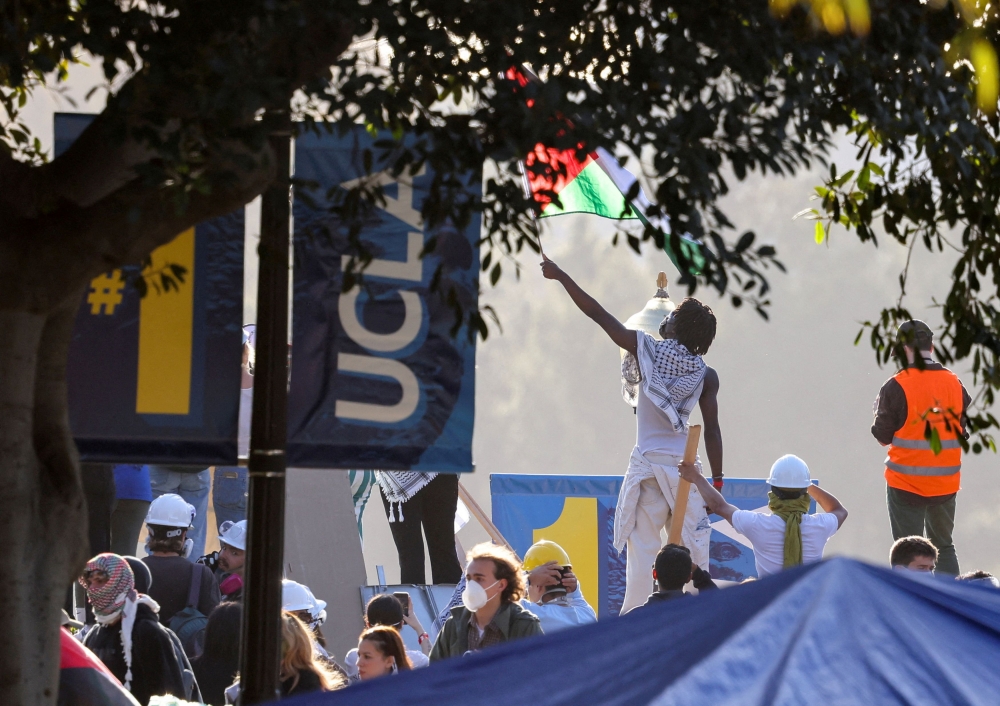
The campus protests over the past two weeks differ in both scale and motivation. Student bodies have changed, as has the Democratic Party. But given the tight rematch incumbent President Joe Biden, a Democrat, faces with Republican Donald Trump, they could hold political sway.
Death tolls
By 1970, the Vietnam War had been raging for five years, and Republican President Richard Nixon had announced an expansion of the war into Cambodia. By the end of 1970, nearly 1.8 million young American men had been enlisted and nearly 30,000 had died.
There are no US troops fighting in Israel’s war in Gaza, but many US citizens have lost family members there.
Israel’s assault on Gaza was triggered by the October 7 attack by Islamist Hamas fighters, which by its tallies killed 1,200 with 253 taken hostage. The subsequent Israeli bombardment has killed more than 35,000 Palestinians according to Palestinian medics, and displaced the majority of Gaza’s 2.3 million people.
Students at dozens of schools across the US have rallied or camped out to oppose Israel’s war in Gaza, demanding institutions stop doing business with companies that support the war. Police have arrested over 2,000 protesters.
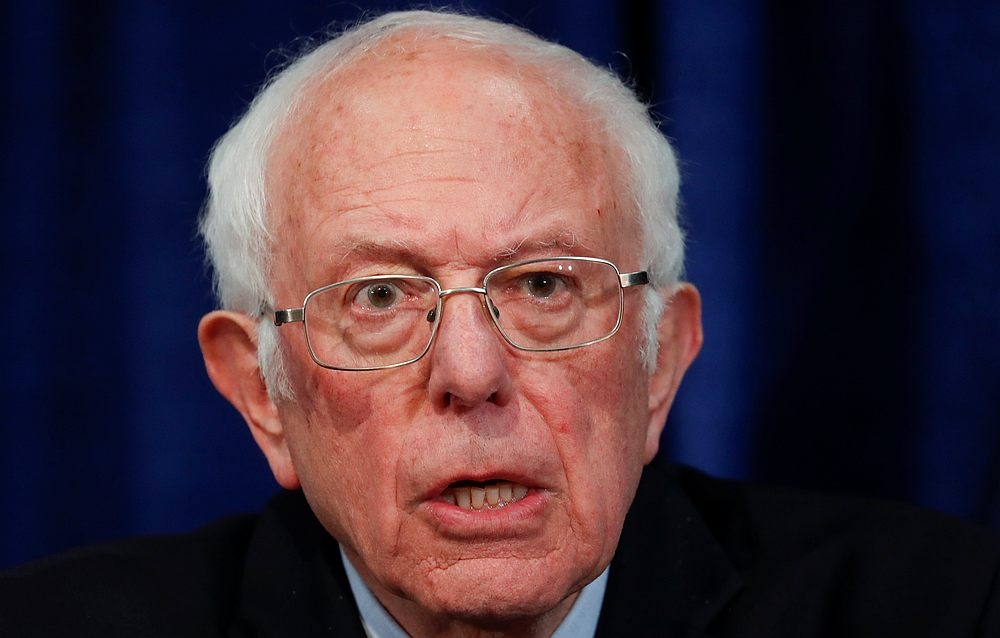
Support for the war shifts
The growing death toll in Gaza and images of the widespread destruction there have swayed public opinion, with support for Israel’s military assault dropping from 50 per cent in a November Gallup poll to 36 per cent in late March.
Biden, who last month signed legislation to provide US$14 billion (RM66.4 billion) more aid to Israel, has faced growing criticism over his handling of the crisis, with hundreds of thousands of voters casting “uncommitted ballots” in Democratic primaries in recent months to express their frustration and anger.
Senator Bernie Sanders also drew comparisons with Vietnam, noting former President Lyndon Johnson’s decision not to run in 1968 amid growing anger over the war in Vietnam.
“I worry very much that President Biden is putting himself in a position where he has alienated, not just young people, but a lot of the Democratic base, in terms of his views on Israel and this war,” Sanders told CNN.
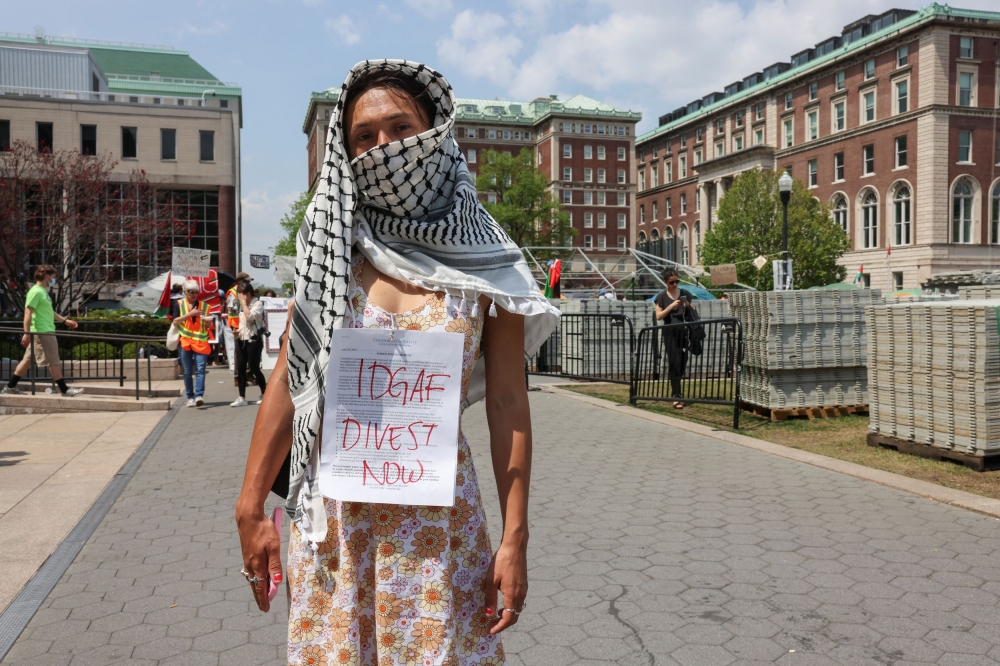
Size, scope and intensity
By 1970, the protests had grown in size and intensity, with some rallies attracting tens and even hundreds of thousands of people, said Kevin Kruse, a professor at Princeton University. Many students were personally affected given the draft.
Some of those protests were also violent, unlike the largely peaceful demonstrations seen thus far in response to Israel’s war in Gaza, he said.
“The night before the shooting, they burned down the ROTC (Reserve Officers Training Corps) building. This wasn’t a bunch of students sitting in tents on the lawn,” he said.
The shooting sparked fresh anti-war protests across the United States and as far away as Melbourne, Australia, where 100,000 gathered to protest. Nearly 100,000 people converged on Washington, DC a few days after the shooting.
On a much smaller scale, Columbia University’s initial response in April also triggered solidarity protests, Kruse said, adding that the Columbia protest might have petered out if administrators had opted to quietly ride it out until summer.
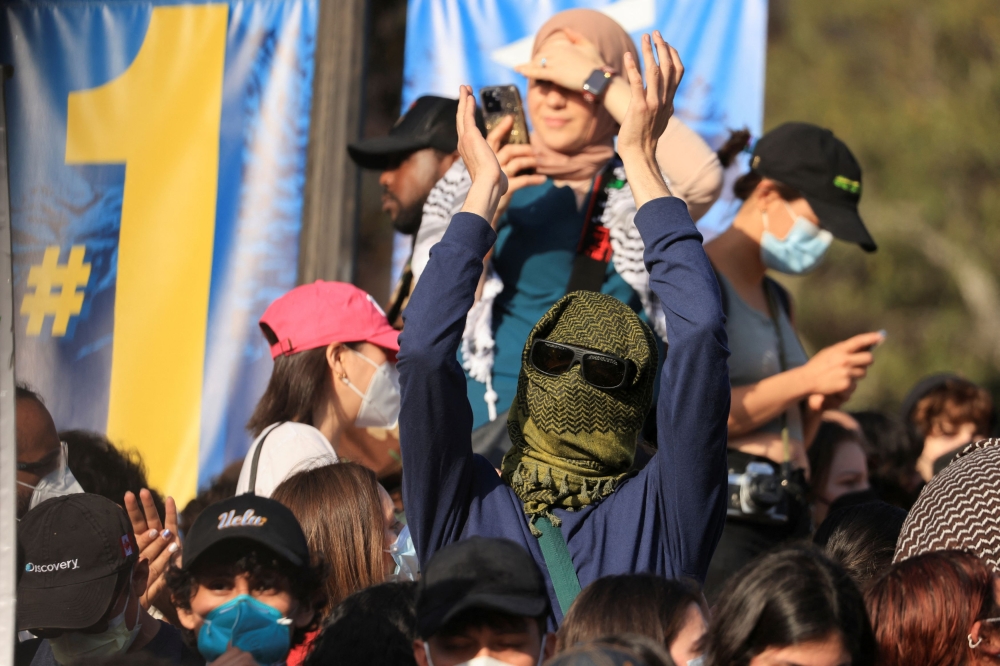
Tone deafness and hard hats
Biden’s first comments on the escalating protests have sparked fresh allegations that he’s tone deaf to the issues, just as Arab American and Muslim activists say the White House hasn’t listened to their concerns about support for Israel.
“There is a right to protest, but not a right to cause chaos,” Biden said.
Shortly after the Kent State shootings, Nixon invited to the White House a group of construction workers after the so-called Hard Hat Riot, when 400 construction workers and 800 office workers attacked some 1,000 demonstrators in New York City.
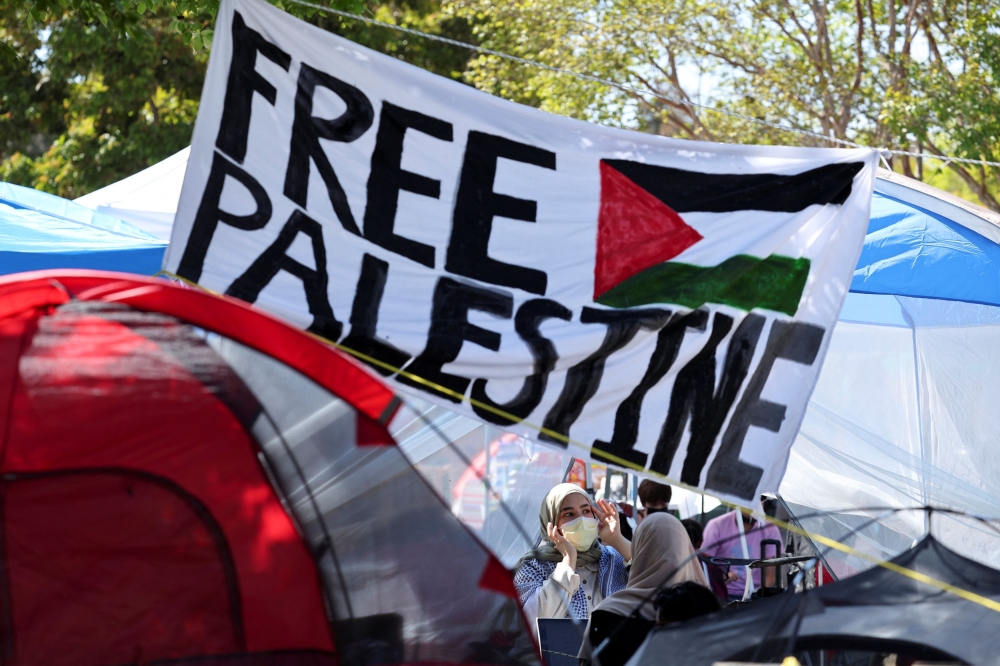
More racial, gender diversity
In 1970, there were some 7.2 million students enrolled in college in the US and women accounted for 41 per cent of students, while Black students were just 7 per cent of the total.
Now, the US has over 15 million undergraduate students, with white students accounting for about 41 per cent, Latino students 18 per cent, Black students 11 per cent and Asian students 6 per cent, according to the National Student Clearinghouse Research Center. Women outnumber men on college campuses.
While the women’s movement and the civil rights movements were also boiling over in the late 1960s, the groups were less integrated and more at odds than today, said Jim Zogby, a Vietnam era protester and founder of the Arab American Institute.
“This is an intersectional generation. It’s the same kids who were leading the Black Lives Matter movement or the women’s march or the protests against the Muslim ban or the gun safety rally,” he said.
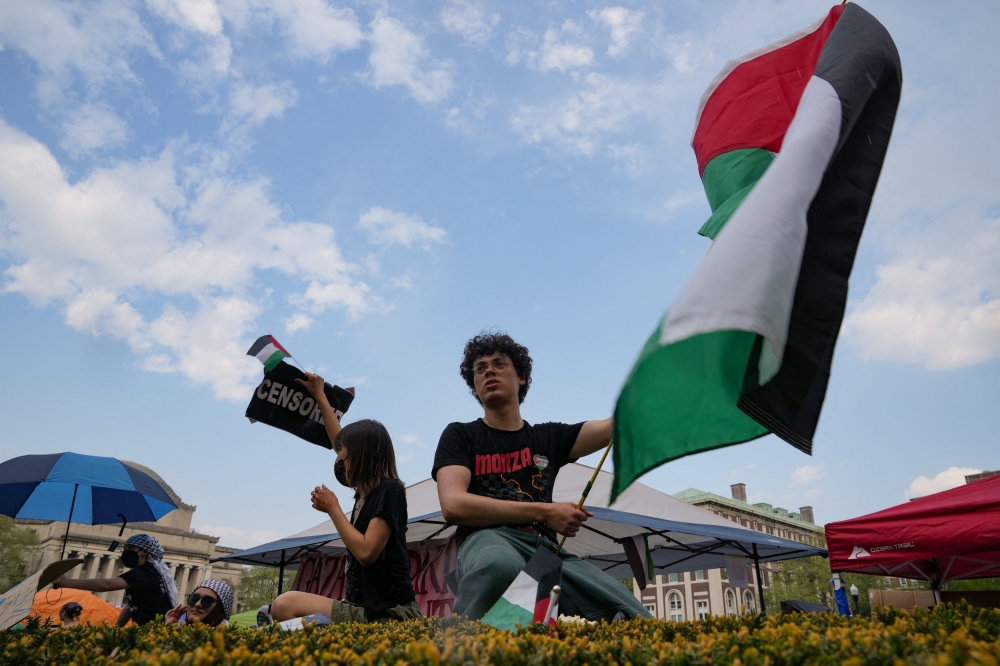
Democratic divisions
Then, as now, there are sharp divides between generations, including in the Democratic Party.
Democratic strategist James Carville, 79, tomorrow warned protesters in a viral and profanity-laden video on X that they could help Trump win a second term by dividing the party.
A YouGov poll released Thursday showed that 53 per cent of adults felt that college administrators’ decision to suspend and expel some pro-Palestinian protesters was “about right” or “not harsh enough.” That number jumps to 68 per cent for those aged 65 and over.
Dilara Sayeed, president of the Muslim Civic Coalition, a Chicago-based non-profit, said the party is still out of touch with its electorate of young voters and people of color.
“The government had a policy that young people and Americans of color disagreed with ― using our tax dollars and sending troops to go fight in a war we didn’t agree with,” Sayeed said. That’s where we are now.”
Abbas Alawieh, a former senior congressional aide and community organizer who helped lead Michigan’s “Uncommitted” campaign, said the party’s leadership was at grave risk of repeating the mistakes of the Vietnam era.
“In 1968, one of the great failures of the party establishment was that they ignored anti-war youth and continued the horrific war in Vietnam and alienated young voters, and I feel like they’re at risk of doing the same thing,” he said.
The Biden campaign is engaging actively with young voters, spokesperson Mia Ehrenberg said, noting that those efforts were launched months earlier than in the previous election cycle. Biden has also been endorsed by 15 youth vote groups, who will hire hundreds of organizers and mobilize hundreds of thousands of volunteers, the campaign said.
Matt Hill, spokesperson for the Democratic National Convention, underscored the importance of peaceful protest to American democracy, arguing that the convention would highlight what he called “the unity and excitement of Democrats ... in stark contrast to the chaos and extremism stewing in the GOP.”
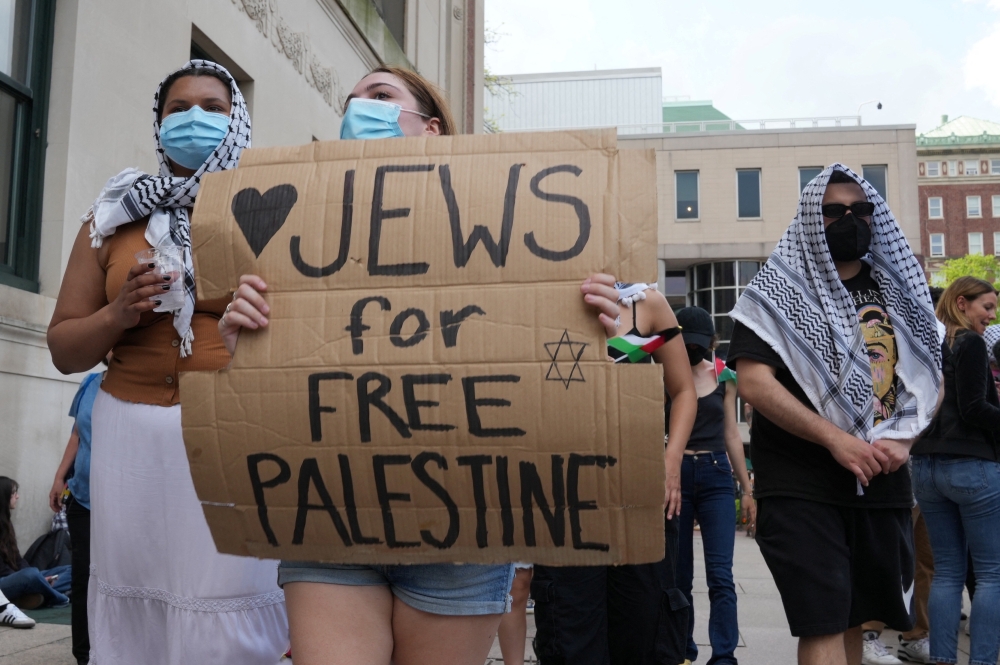
Offline, online
Media coverage of the war in Vietnam, known as America’s first “television war” with daily images of dead soldiers returned to the United States (images now banned by the US military) provided momentum for the anti-war movement.
Although students today aren’t facing the draft, they are watching the war unfolding in real-time on their phones, said Christianna Leahy, a former Amnesty International board member and professor at McDaniel College in Maryland.
“It is through Instagram, Tik Tok, social media that they’re just getting images every day,” she said. “This is on everyone’s phone 24 hours a day.”
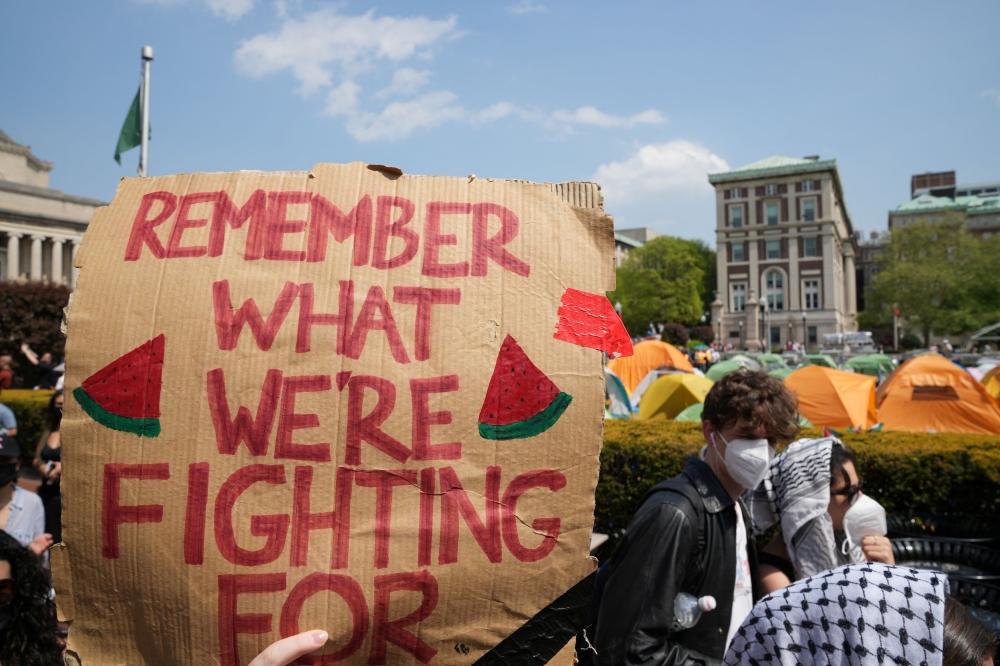
Another raucous convention
The divisions may boil over during the Democratic National Convention in Chicago in August. But there will be fewer chances to challenge Biden inside the event than in 1968, Zogby said.
“The party no longer exists, as it did in ‘68 when there was internal dissent in the party,” he said, noting that Biden had locked down the nomination and no other candidates had a chance to emerge during a fight on the convention floor.
Another key difference this year: the ‘68 convention took place just months after the assassinations of civil rights leader Martin Luther King and leading Democratic presidential candidate Robert F. Kennedy, which roiled a nation already divided by the Vietnam War and social revolution.
Illinois Governor J.B. Pritzker and local law enforcement agencies are girding for protests.
“There’s no place in these United States where the DNC was going to have a convention where they were not going to be met by their base and the frustration from their base and wanting to see their priorities reflected in the Democrats’ platform,” said Nsé Ufot, founder of the New South Super PAC.
“You can’t hide, baby.” ― Reuters






















